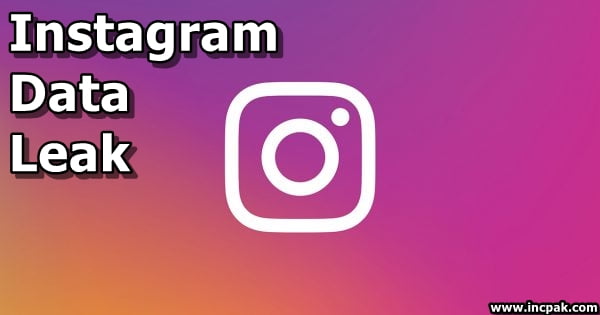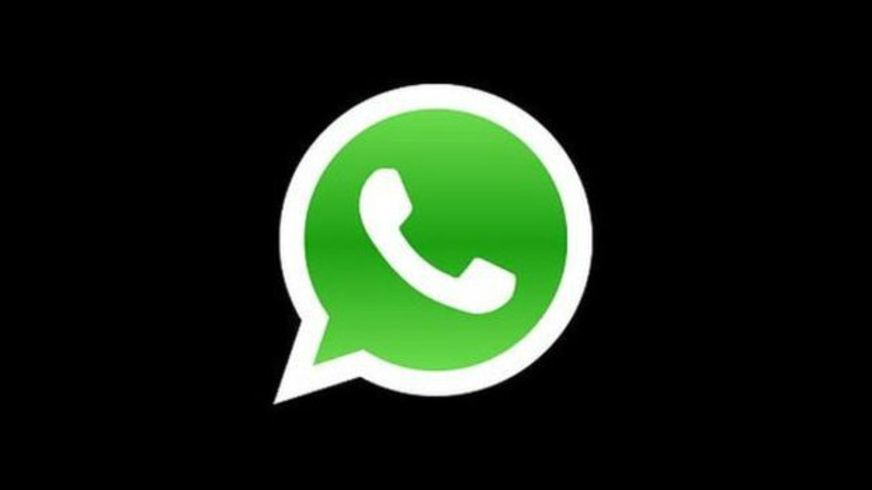WASHINGTON: The most common laugh on Facebook is ‘haha’, surpassing various ’emoji’, ‘hehe’ and ‘lol’, a new study on e-laughing has found.
Researchers found that the vast majority of people in their dataset were haha-ers (51.4 per cent), then there were the emoji lovers (33.7 per cent), the hehe-ers (12.7 per cent), and finally, the lol-ers (1.9 per cent).
Researchers at Facebook studied posts and comments posted on the social networking site in the last week of May with at least one string of characters matching laughter.
“We did the matching with regular expressions which automatically identified laughter in the text, including variants of haha, hehe, emoji, and lol,” researchers said in a blog post.
They found that laughter was quite common with 15 per cent of people including laughter in a post or comment.
Age, gender and geographic location played a role in laughter type and length: young people and women preferred emoji, whereas men preferred longer hehes.
People in Chicago and New York preferred emoji, while Seattle and San Francisco preferred hahas.
The researchers were inspired to undertake the study after Sarah Larson from The New Yorker published an article about e-laughter and their social subtleties.
Researchers said that in her article Larson suggests that a ha is like a lego piece, which people use to convey different “levels” of laughter, ranging from the polite haha to a deranged hahahahahahaha.
The study confirmed this, showing that the peaks in the even numbers indicate that people treat the has and hes as building blocks, and usually prefer not to add extra letters. The most common are the four letter hahas and hehes. The six letter hahaha is also very common, and in general, the hahaers use longer laughter.
“The hahaers are also slightly more open than the hehe-ers to using odd number of letters, and we do see the occasional hahaas and hhhhaaahhhaas,” researchers said.
“The lol almost always stands by itself, though some rare specimens of lolz and loll were found.
“A single emoji is used 50 per cent of the time, and it’s quite rare to see people use more than 5 identical consecutive emoji,” they said.










